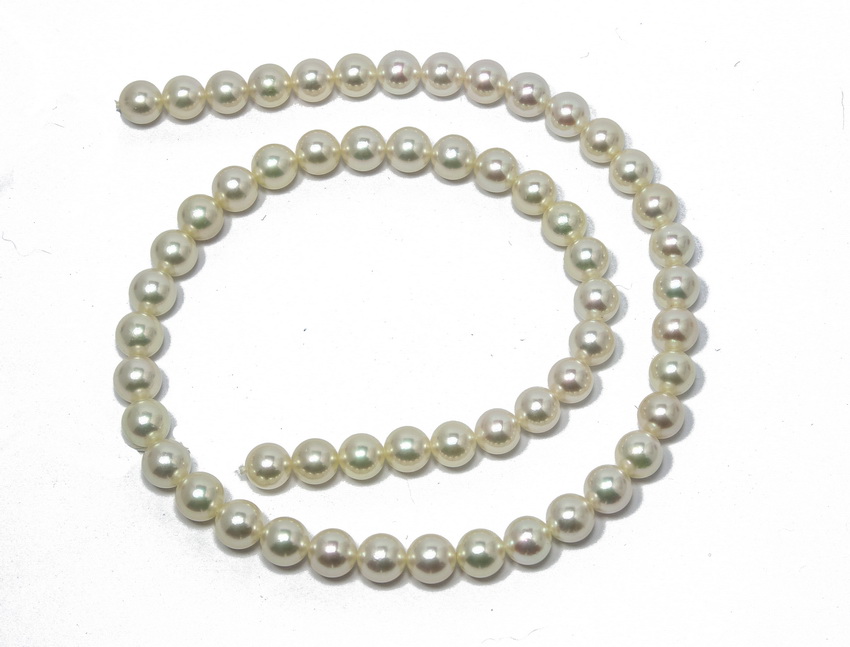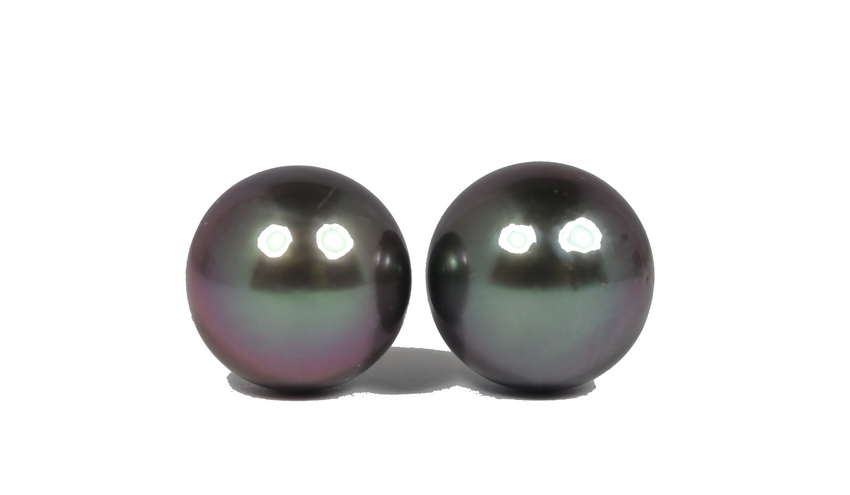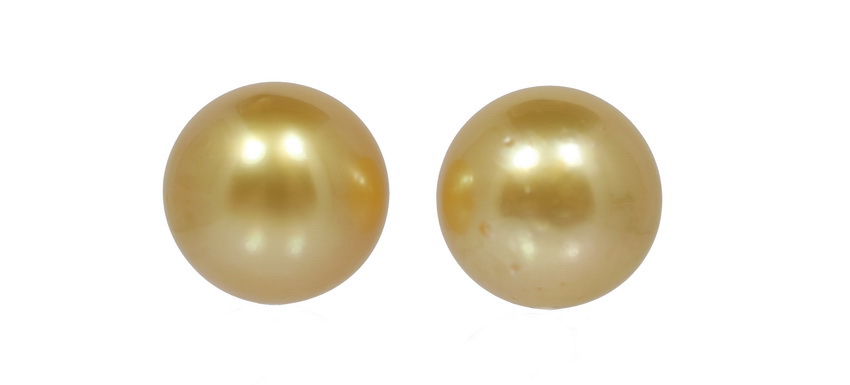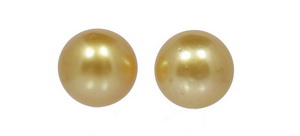| Now available!
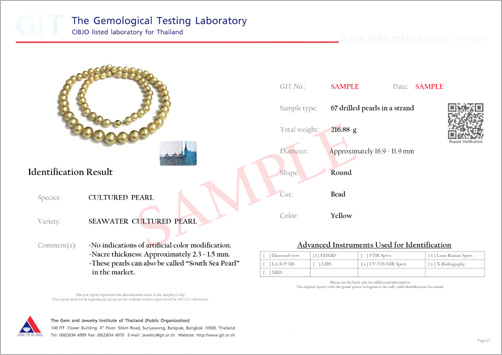
This pearl report is
available through GIT (Gemological Institute of Thailand )
for $65.00 (our cost) with any pearl purchase.
Our experiences with pearls,
By the way, we do not adjust
the color, texture, clarity, sharpness or hue in any way of
the original photographs I have taken and presented here.
What sense would that make? Our pearls will therefore exceed
your expectations when received.
I find the best way to
learn about pearls is to hold them in your hands...look at
several strands or individual pearls in a group to see which
ones stand out to you and why. Notice the difference in the
shape, size, luster, color, the "orient" (indescense) of the
pearls and then note the imperfections and ask about the origin.
Funny, that when you visit
most
pearl websites, all of the pearl strands look so perfect. No
blemishes, just a perfect glow of a deep color and similar
shaped pearls yet the range in price is thousands of
dollars! I'm so lucky to live in Bangkok and have been
visiting the Bangkok Gem and Jewelry Fair twice a year for
10 years. The pearl section always attracted me but I knew
so little about pearls I avoided it. I probably would ask
plenty of stupid questions and end up more confused than
when I started. At least that was my thought process for a
long time. But in recent years my curiosity and appreciation
of the beauty of pearls forced me to learn about them and I
was very surprised in what I learned. The top 5 things I
learned were as follows:
1) The better pearls are very
expensive primarily due to the rarity of the most desirable
shape, origin, size, surface smoothness and luster.
2) The price varies greatly
from what is popular in the marketplace... controlled by
what the consumer feels is in fashion. This price is usually
driven by the Chinese buyers.
3) Akoya, South Sea, and Tahitian are the most interesting
to us due to their rarity and I feel
it's worth focusing on these varieties for the best quality
and value.
4) While learning about
pearls, I met buyers from several pearl companies, (the
names you would recognize) and the price they pay is very
close to the price I pay yet their mark up is much higher.
5) The best pearls are seldom
exported but rather sold at auctions. So the pearl
selections available to the large buyers at the big pearls
shows (Hong Kong, Bangkok) are of the midrange quality and
price for the most part. These shows are attended by the largest pearl sellers
who purchase pearl products at the low - mid-range quality and price.
This is the
core of what is sold by most jewelry stores and pearl
retailers in the United States.
|
Here are some
interesting facts about pearls:
1. Akoya, Tahitian
and South Sea pearls account for approximately
5% of the total weight of global pearl
production.
2. Pearls are the
only jewels created by a living animal. A
natural pearl of value is found in less than 1
in every 10,000 wild oysters.
3.
Freshwater pearls account for approximately 95%
of total global pearl production but are much
less valuable than saltwater pearls. China
produces the overwhelming majority of freshwater
pearls in pearl farm.
4. Every pearl is
unique. No two are alike, and all have some
imperfections.
5. Jacques Cartier traded
a double-stranded natural pearl necklace valued
at $1.2 million for a mansion on 5th Avenue in
NYC where he opened a Cartier store
and headquarters in 1916.
|
|

